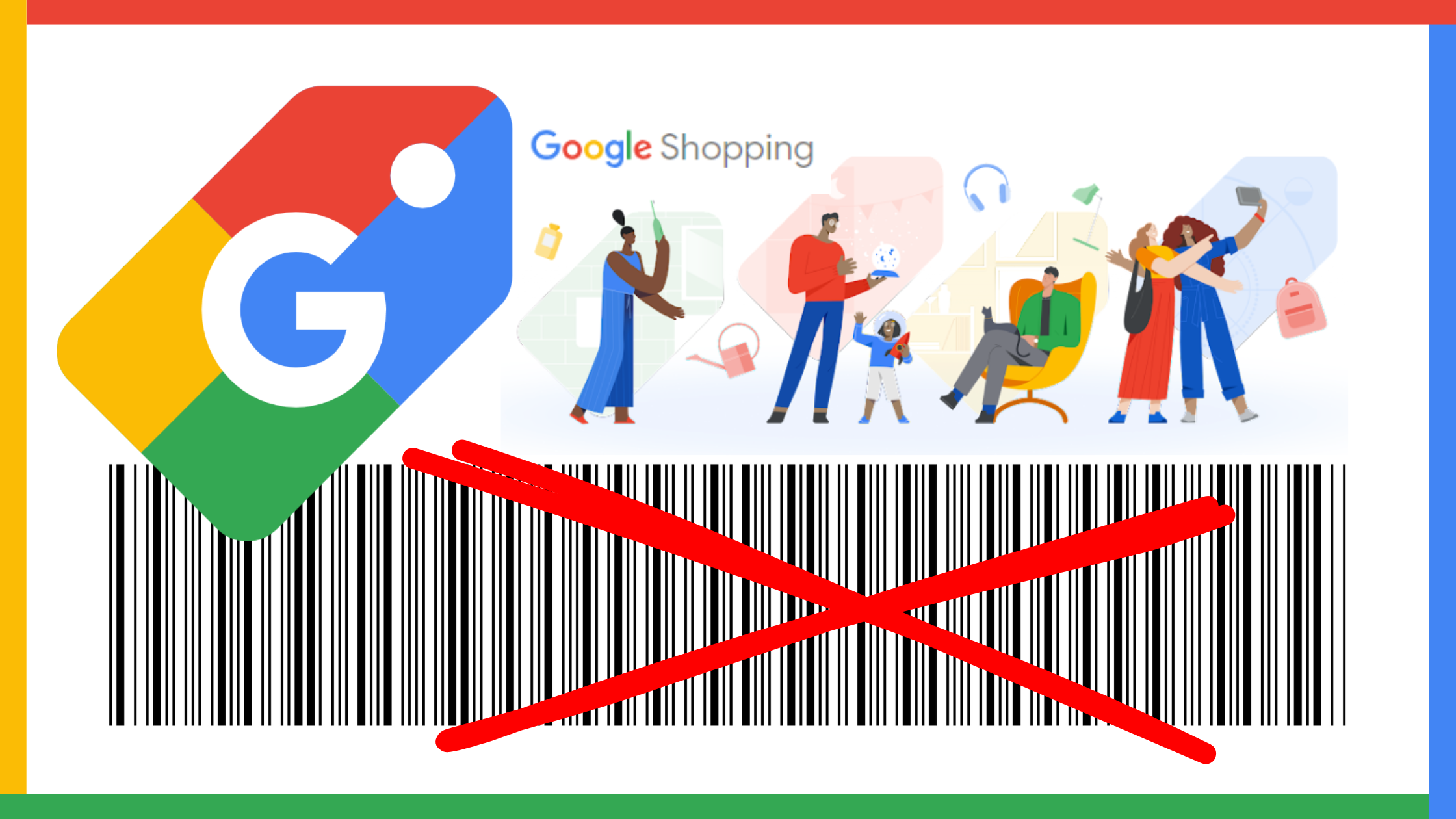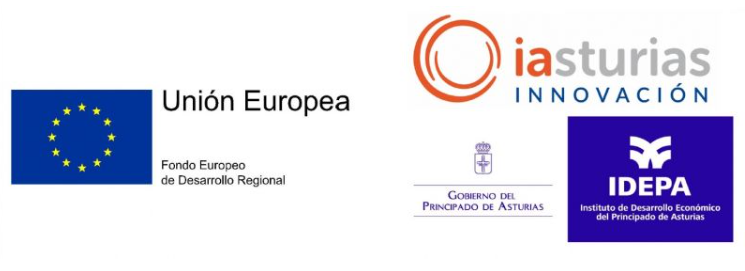Out of the blue, Google Shopping no longer searches by EAN. Until 31 October last year, the European Article Number (EAN) was the main criterion for searching for products on Google Shopping. Well, without warning and overnight – never better said, as the change happened in the early morning hours – the rules of the game have changed. While our CEO, Oliver Montes, addressed the issue on Linkedin last week, today we look at what this change means.
What is Google Shopping and how does it work?
Google Shopping is a virtual storefront, a website with a search engine that allows you to compare prices. When a user performs a search, filters are available to help them find the right product based on the product’s characteristics and allow them to see products similar to the one they have selected. To perform this identification task and find the desired product, identification by EAN was key. Why this? Basically because of the accuracy of the results. This identification system, which consists of an alphanumeric code, is unique to each product, ensuring that all product details (name, specifications, and price) are correct.
“Google Shopping does not sell products directly to shoppers but collects information about products from participating merchants so you can search for them. If you find a product you’re interested in, you can buy it from the merchant’s website or, in some cases, through Google”.
What are the new search criteria and how and who does it affect?
The product name is becoming the main search criterion. Marketers, although already accustomed to the changing scenarios, will again have to adapt their strategies to stand out. At SingularBrain, we did not want to be less, and although we would be lying if we said we predicted it (although it is not the first time that Google has “banned” the EAN code as a main search criterion), we are not surprised. All of our SingularPrice projects have a key component of manual research and this is where the difference lies. Manual verification allows us to achieve a higher match rate and guarantee a full match on any product crawl, on any site, in any country. What does that mean? It means that if we can’t find a product by EAN, we manually search for it by part number, SKU, or name, on every site.
Why is it important to monitor Google Shopping?
As mentioned above, Google Shopping acts as a price aggregator. Sellers bid for the top positions and win the most prominent positions, often with very aggressive pricing strategies. This is where brands and manufacturers need to focus their attention, not only to detect possible price deviations but also the appearance of unknown sellers. This is the only way to take control of online sales channels.
At SingularPrice, we analyze Google Shopping as if it were a marketplace to get detailed information on all the offers from all the sellers who sell your brand’s products.
CONCLUSION:
While it is true that the EAN guarantees absolute accuracy in search results and therefore in the identification of products, we need to be prepared for the forthcoming changes in online sales channels. Are you ready?


